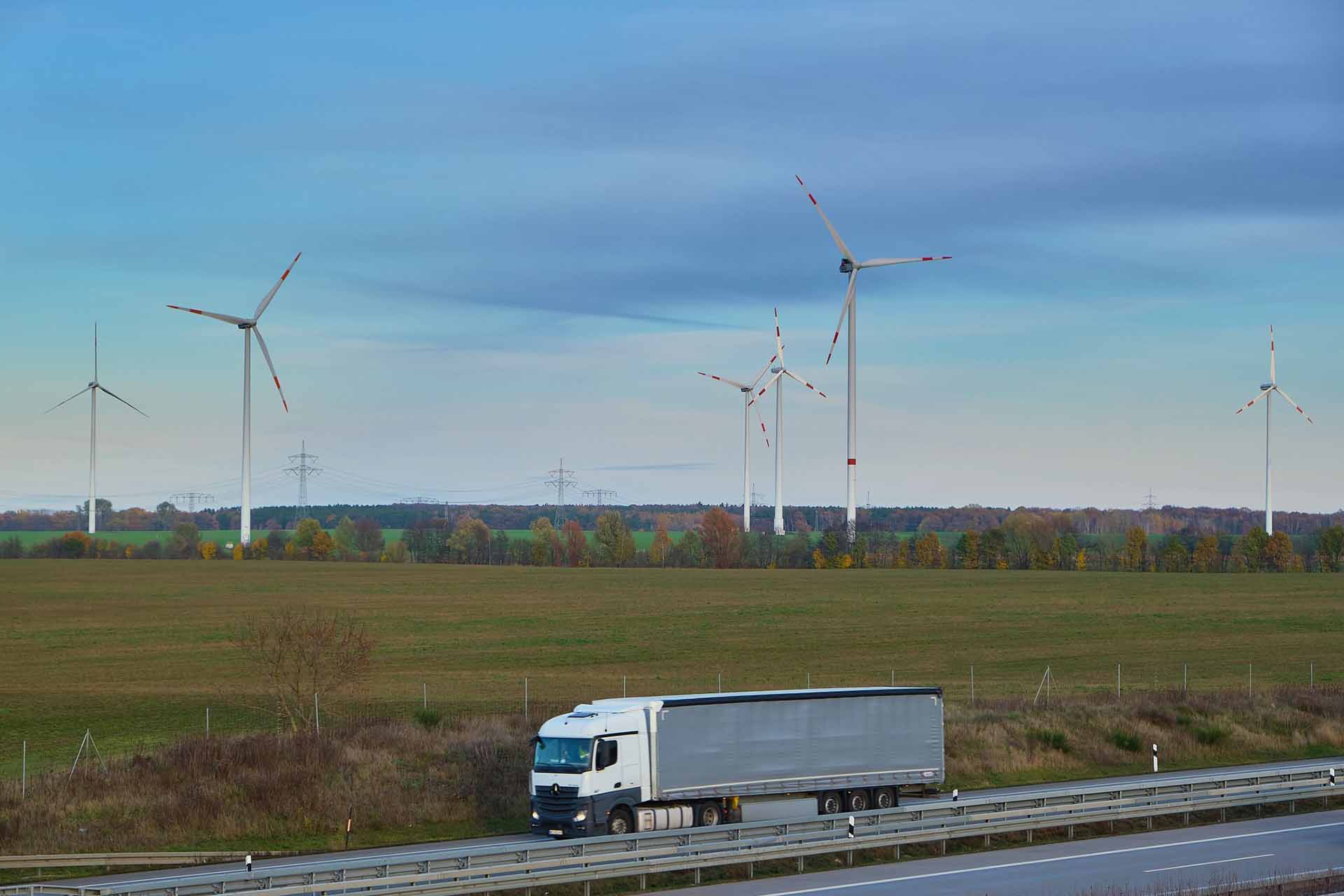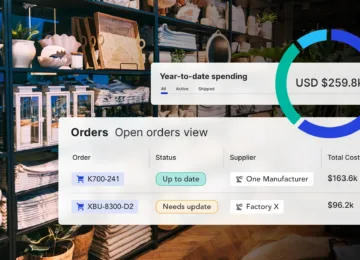As the global ecommerce market grows and awareness over climate issues, sustainability, and inclusivity deepens, brands are finding their edge in ethical supply chain practices. But can you stay true to your values and still see your business thrive?
Until recently, “ethical” brands were mostly niche corporations that anchored their entire brand image around sustainable and fair trade practices. Then a new wave of digital native brands entered the market, maintaining close control of their narratives online and targeting the socially-conscious shopper with value-based messaging.
But not all brands want to go all in on this strategy. Rather than build their entire image around sustainability and ethics, many companies are simply looking for a realistic way to infuse better practices into their existing supply chains. If you’re one of them, read on—we’ve outlined five ways to mitigate risk and cost associated with more ethical supply chains.
#1 – Be clear on your motives
Brands invest in ethical supply chains for many reasons. To stay true to their values, to protect their image, and to attract customers who will spend more for the satisfaction of purchasing responsibly. Knowing your motive will help you align supply chain practices with marketing efforts and see a higher ROI on manufacturing and fulfillment costs.
Take Oatly, a brand of oat milk that has exploded in popularity in the past few years. It’s clear from their yearly sustainability report that the company spends a huge amount of resources on ethical oversight, yet they couldn’t stock their product fast enough last year. Their motive is clear in all that they do—to spread the word about oat milk, as they had been doing for the past 30 years.
Some companies are motivated by less positive factors. Nike, for example, launched a major turnaround campaign after exploitative labor accusations plagued them in the 1990s. They released their global database of nearly 750 factories, created new monitoring and enforcement systems, increased wages, and made sure the public knew about it. Despite terrible press for the better part of a decade, today Nike owns 27% of the global footwear market share.
#2 – Design impactful but practical products
The most successful brands find balance between ethical considerations and product complexity. They consider the cost of sourcing raw materials, manufacturing their products, handling of waste and returns, and how the goods will hold up over time.
Allbirds is a great example of the tradeoff of sustainability vs cost. The fast-growing brand’s price point sits at about $100 and incorporates a proprietary material made of sugarcane in the sole. Recently the brand published a pithy response on Medium after finding an Allbirds knock-off sneaker for sale on Amazon for only $45, highlighting the risk of your sustainability efforts being overshadowed by cheaper imitation brands.
Risk like this can be lowered by keeping a reasonably low SKU count, making timeless, high-quality products, and sharing their manufacturing strategies with the public. The good news is that sentiment toward low-cost, low-quality products seem to be changing—pop culture figures like Hasan Minaj are talking about the perils of fast fashion, while the once-thriving Forever 21 is facing bankruptcy.
#3- Become an expert at inventory and demand planning
This one is an easy win. The better you plan and forecast inventory needs, the less waste you end up with. Fortunately, less waste helps both the environment and your bottom line.
Brands today need to know exactly how much inventory they have at any given point in time, where it should be, and whether it will match customer demand. For example, using real-time views into inventory to plan for future demand and cutting down excess production to make good decisions on how much to buy from suppliers and stock in various channels.
#4 – Source from responsible, vetted suppliers
Worker exploitation, safety, and quality have always been supply chain challenges, but today’s companies can overcome them without too much risk to their margins. Instead of relying on audits and compliance checklists that may not be accurate, brands are using modern supply chain technology to find trusted suppliers and hold them accountable.
Pre-vetted resources like Anvyl’s Supplier Marketplace help companies find the best suppliers, like personal care brand hims did to source packaging as their growth skyrocketed. Later, they began using our platform to better communicate with suppliers and ensure they were complying with production standards.
Putting effort into finding suppliers that align with your values leads to longer, more lucrative partnerships—not to mention millions in damage control later.
#5 – Demand transparency through supply chain analytics
Supply chain transparency lets you prove that your brand is walking the walk. You can claim sustainability and fair labor practices, but you’ll need to show that you have the proper oversight and tracking to make it work. Reliable, robust supply chain analytics also help you optimize your business processes and offset much of the cost of investing in a more ethical supply chain.
At Anvyl we help growing brands build scalable, sustainable supply chains by providing the transparency that’s needed to enforce company values at every step. Download the white paper The Ethical Supply Chain for a full guide to ethical supply chain practices or contact us to learn more about our supply chain visibility platform.




